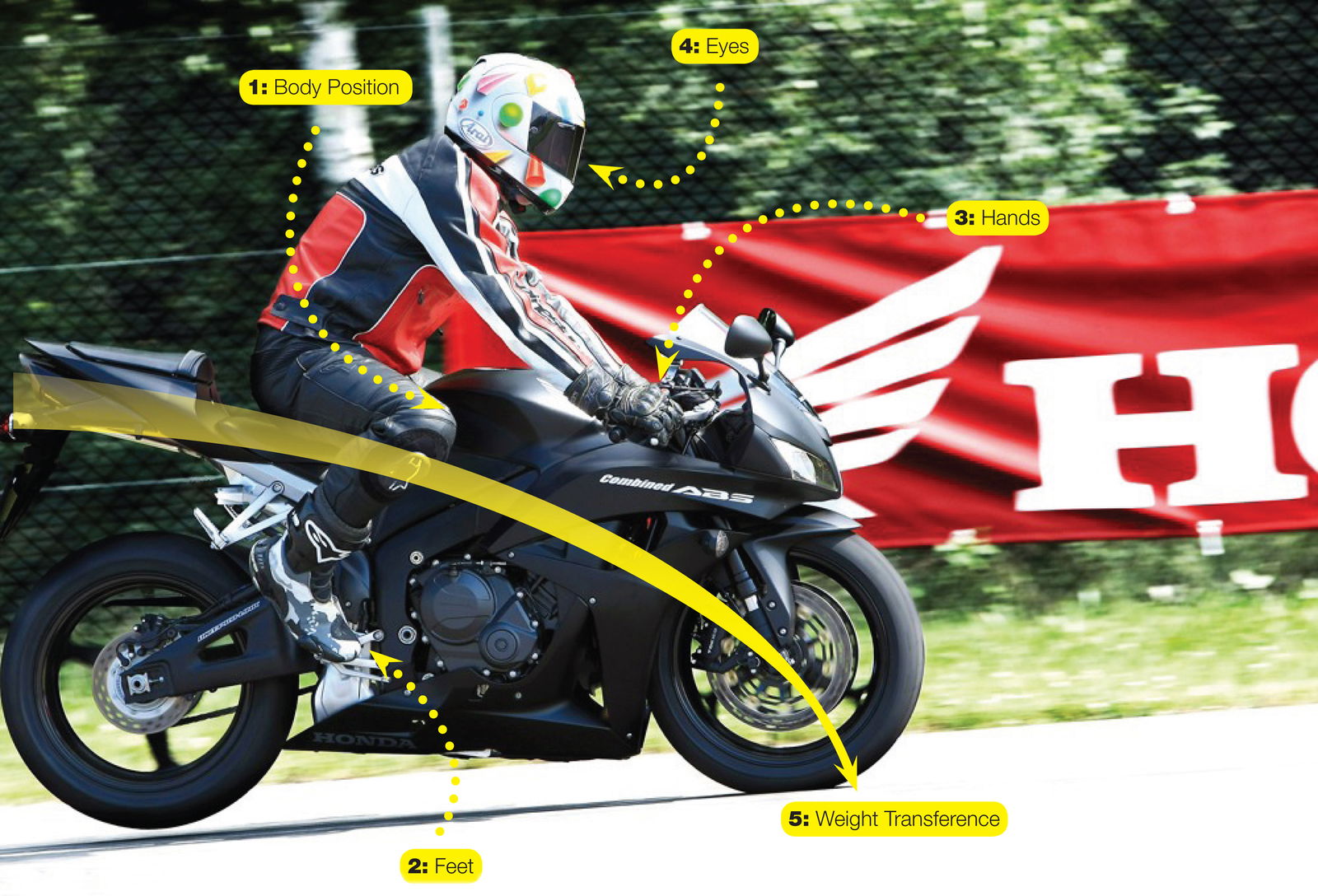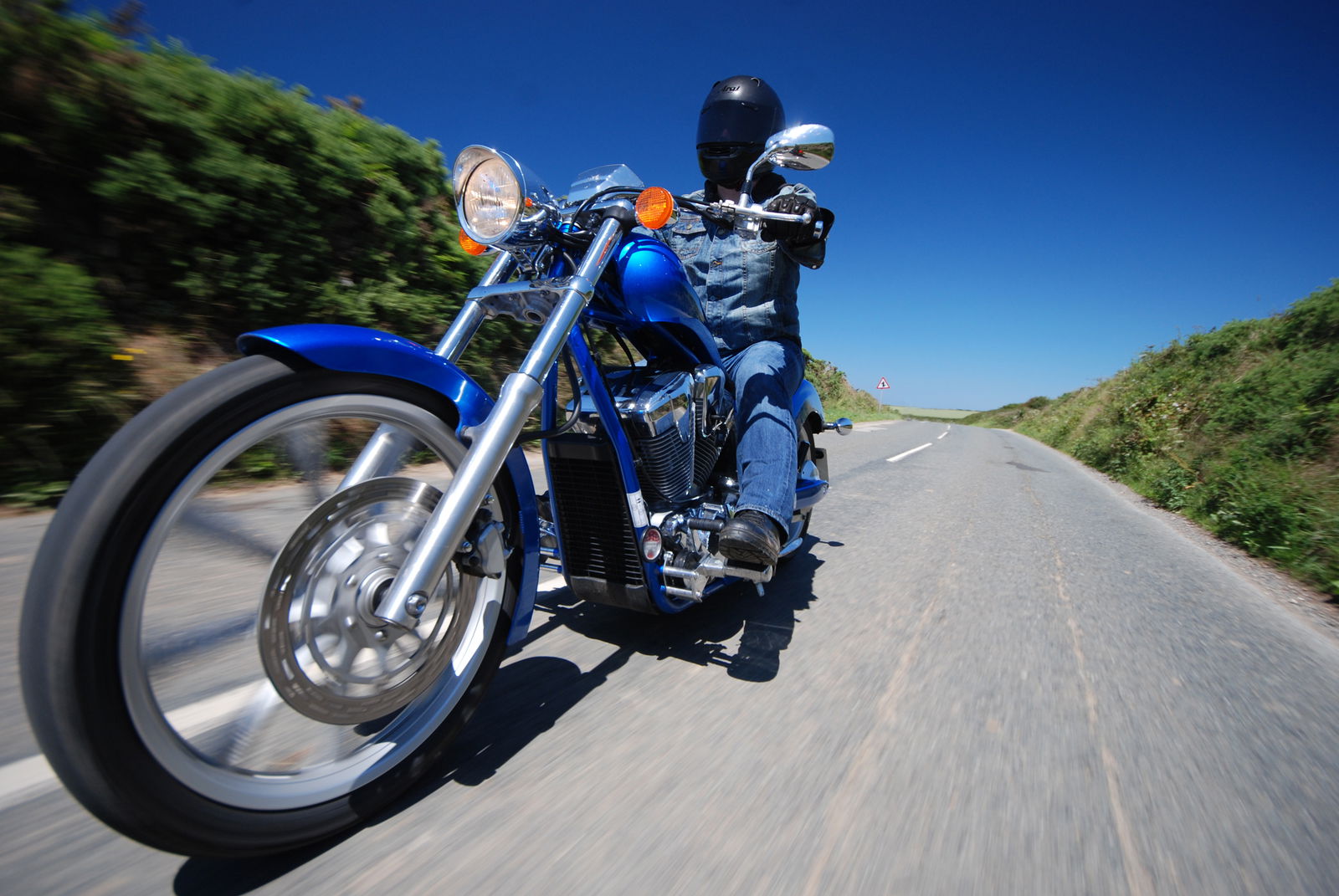Review: Road bike suspension setup by K-Tech
Does setting up the stock suspension really make a difference?

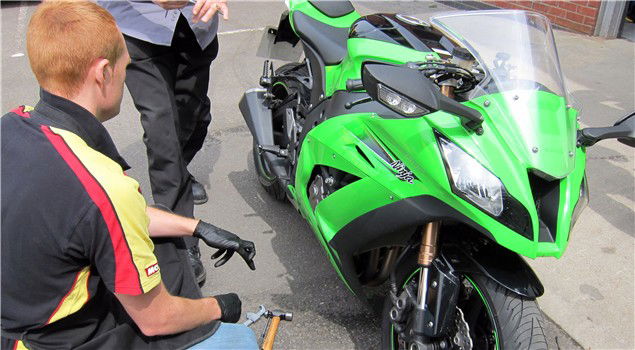
I'm a typical biker; I've got a bike that's capable of going fast, probably faster than I can ride it but I want to make it faster still. That's just how it is.
With a few clicks on the internet I'm presented with hundreds of different options that I can confidently say will make my bike faster but definitely lighten my wallet too.
However, with a few clicks on my suspension, I usually feel slightly unconfident with what I've done. Even though I start-out knowing what I want to improve and set about trying to improve it, I'm left with a nagging doubt that I've not quite done the full job.
So instead of setting up the vastly adjustable suspension, the first thing I change on a new bike is the tyres but junking the emissions-friendly exhaust always comes a close second.
The trouble is, I know a small amount about suspension, enough to know what's going on but not enough to know how to make it better.
This is where I got K-Tech to step in, one of the services they offer is setting up a standard road bike's suspension.
Fresh from the Isle of Man TT, where K-Tech equipped bikes took the fastest lap in every race, K-Tech are suspension specialists, working with everything two wheels, from motocross to BSB, TT and road riding to AMA. If it's got springs in it, chances are K-Tech have made it bounce better.
K-Tech's main man Chris Taylor tells me that suspension isn't a black art but that every tweak or twiddle is part of an equation. So if you make a step towards improving an area of the bike's suspension, in doing so you're also altering another aspect of the equation, this may be a positive change or a negative one.
Knowing what the trade-off is, is key to getting the suspension sorted. Sure, if my forks spring back up too quickly, I can add more rebound to counter this, but I'm not factoring in how else this might affect the bike - that's the part where my knowledge runs out and that's about as useful as a semi-professional electrician...
I don't think I'm alone either; I havent met another road rider that really understands suspension and rarely have I met one who's adjusted theirs.
Which, when you come to think of it, is mad. We've got all the adjustment we need to take a bike that's setup for Mr Average riding on a typical road and alter it to work better but we don't.
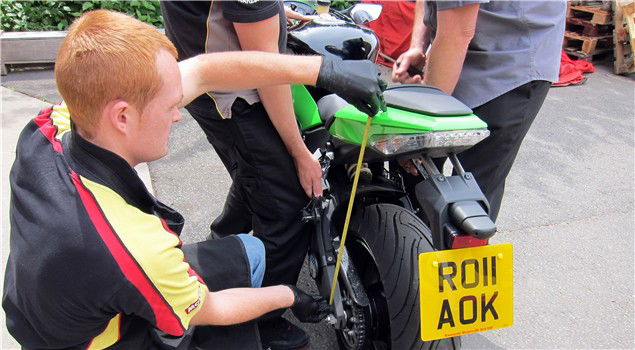
THE SETUP
On a sportsbike like the ZX-10R, its fully-adjustable suspension means that you can adjust compression, rebound and - by adjusting the preload - you can change the static sag.
Out comes the tape measure. They're measuring the bike's unladen static sag - the distance the fork slides into the stanchion when the bike is sat supporting its own weight to when it's lifted up with the wheels hanging.
This is altered with the preload adjuster at the bottom of the fork.
The unladen static sag is then measured at the rear in the same way. In the picture above you can see the measurement being taken for the unladen static sag when the rear shock is supporting no weight.
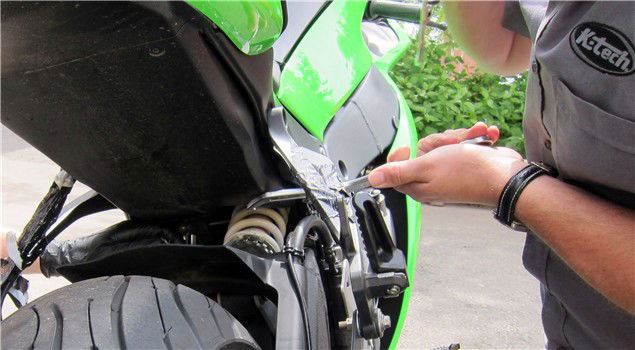
Once the stock unladen static sag is measured, Chris goes about dialling in more preload to decrease the standard setup's static sag.
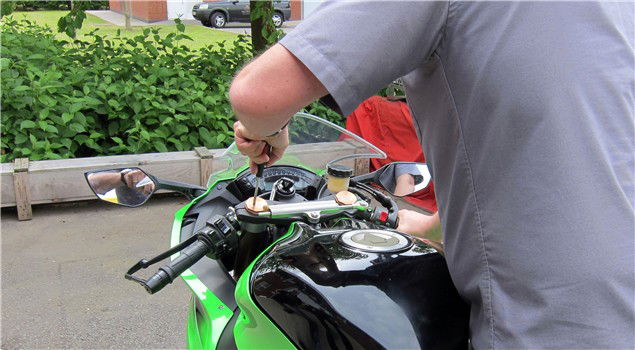
To adjust the compression and rebound, Chris holds the bars and pushes down on the front end then lets it rise back. He makes a couple of adjustments to the compression then pushes down again on the bars.
I ask him what he's looking for and he said: "I want to get to a stage where it's not too choked, so when I push down on the bars the suspension is compressing but it's pushing back too. If it's choked then it'll have too much resistance and it won't compress at the rate I want it to."
The same goes for the rebound, if there's too much rebound the forks won't rise back quick enough.
Every time Chris makes an adjustment with the screwdriver, he bounces the front end down and feels it rise up again.
Chris is looking to get a good feeling for both high and low speed damping. When you hit a bump in the road, you're using high-speed damping to deal with it. If your suspension can't react quick enough then the force will be tranferred to the bike with a jolt. Low speed damping is used when you come out of a corner or get on the power. The force the suspension has to deal with isn't as sudden but the suspension still needs to react to keep the bike stable and allow the rider to confidently apply the power.
Unfortunately, what Chris is feeling for isn't something you can learn overnight. Even though he's modest about what he's doing, years of experience mean he can dial in settings he's happy with after just a few minutes.
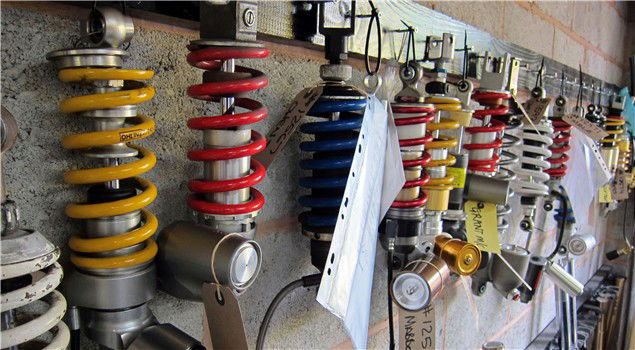
VERDICT
So then, what's it like now its been K-Teched?
Well, just sitting on the bike it feels taut. It doesn't sag under my weight and feels firmer as if its got its muscled tensed. It feels flatter too, less on its nose.
The first thing I notice when I roll off the throttle is that there's much less transfer of weight to the front of the bike. When entering a corner the improvement is obvious. I no longer have to wait for the suspension to settle during the transition from brakes to tipping in, the front end feels rooted, stable and ready to turn.
When flicking from side to side, the transition feels faster and the effort required is less than before. Before the K-Tech setup I was used to the slightly squishy feeling when applying maximum pressure at the bars at the point it starts to change direction but now the whole front-end feels tight and precise, nimble yet stable. It's given me the confidence to feel the bike will go where I want it to and if it doesn't I can make slight changes in line without upsetting the front end, even at speed.
The rear - like the front - feels firmer, there's less squat under power and when getting on the brakes, it doesn't spring up but sits squat and feels like it's staying flatter.
I test all the bikes I ride on the same road, a fast flowing A-road with a couple of blind bends and a blend of tarmac surfaces from smooth as a baby's bottom to the face of a spotty teenager. It's a great road to unravel any bike, especially one that I've only previously tested on track.
The major change wasn't on the smooth surfaces but how much smoother the bumpy surfaces felt. There are points where the bike gets out of shape, nothing too drastic but enough to focus the mind. With the suspension setup how it should be, it tracked the road much better and didn't react as much to the bumps, infact I didn't get any bar waggling at all.
As standard your sportsbike is like going a pair of snazzy running shoes with the laces undone. The K-Tech setup does up those laces, with a double bow.
The price for the setup? You'll get change from £50.
You can call K-Tech on 01283 559000 to talk to them about getting your bouncy bits sorted.
